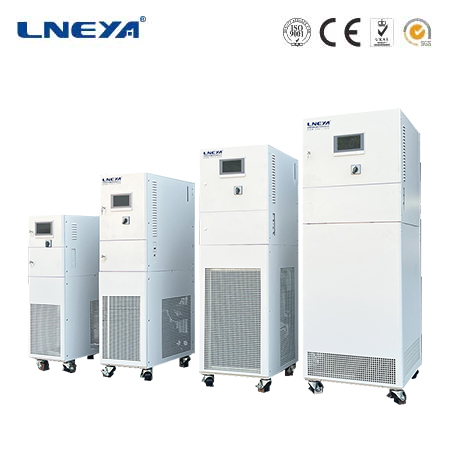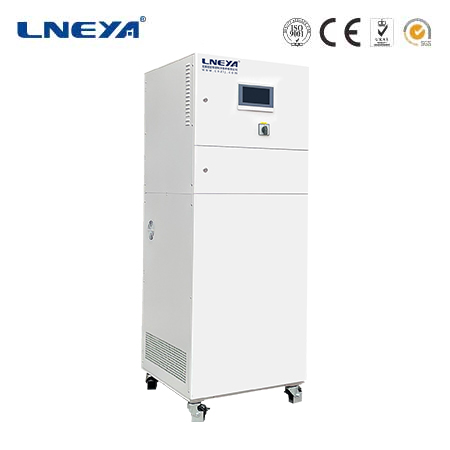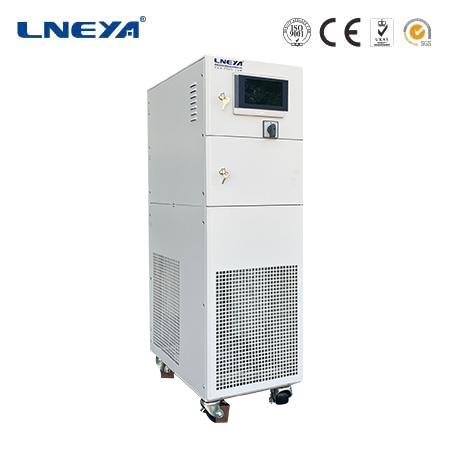chiller unit price
Understanding Chiller Unit Prices
Chiller units are essential for maintaining optimal temperatures in various industrial and commercial applications, including HVAC systems, plastic injection molding, and laser cutting. The price of these units can vary significantly based on a range of factors, including the type of chiller, its cooling capacity, energy efficiency, and the presence of advanced features.

Factors Influencing Chiller Unit Prices
Several factors can influence the price of a chiller unit:
Type of Chiller: Chillers can be air-cooled or water-cooled. Air-cooled chillers are generally more affordable but may not be as efficient as water-cooled models, which are more suitable for larger loads and can handle more significant cooling capacities per unit of floor space.
Capacity: The cooling capacity required will directly impact the price. Larger capacities typically come with higher price tags but are necessary for more extensive industrial applications.
Efficiency: More efficient chillers may have a higher upfront cost but can lead to significant energy savings over time, reducing the total cost of ownership.
Advanced Features: Features such as variable frequency drives, corrosion-resistant coatings, and sealed bearings can enhance performance and durability, thus increasing the price of the chiller unit.

Price Range of Chiller Units
The price of chiller units can range from a few thousand dollars for smaller, less complex models to hundreds of thousands of dollars for large, industrial-grade systems. Online platforms like Made-in-China.com list a variety of chiller units with prices starting from around US$126.00 to US$440.00 per piece, indicating a wide price range based on specifications and features.
Market Analysis and Price Trends
The global market for chiller units is expected to grow due to increasing demand for energy-efficient cooling solutions, sustainable building initiatives, growth in industrial applications, and the expansion of data centers. These factors are driving up the demand for chiller units, which in turn can influence price trends.

Conclusion
The price of chiller units is influenced by a variety of factors, including type, capacity, efficiency, and the presence of advanced features. While air-cooled chillers are generally more cost-effective, water-cooled chillers offer higher efficiency and may be more suitable for larger industrial applications. By understanding the market dynamics and evaluating the specific needs of your application, you can make an informed decision about the most cost-effective and efficient chiller unit for your requirements.
Related recommendations
air cooled chiller manufacturers in india
154Air-Cooled Chiller Manufacturers in India: An Overview Introduction to Air-Cooled Chillers in India Air-cooled chillers are essential in various industries in India, including manufactur...
View detailsWhat is the method for winter maintenance of a 3 ton chiller?
723What is the method for winter maintenance of a 3 ton chiller? 1、 Cleaning steps for the chiller 1. Turn off the water source of the 3-ton chiller unit and clean the water inside...
View detailslarge environmental chamber
161Introduction to Large Environmental Chambers Large environmental chambers are engineered to simulate various environmental conditions for testing the performance, reliability, and durability of...
View detailshigh temp controller
193High Temp Controller: Regulating Extreme Temperatures in Industrial Processes Introduction High temp controllers are specialized temperature control devices engineered to operate and maintai...
View details
 LNEYA Thermal Test Chillers
LNEYA Thermal Test Chillers






HelloPlease log in